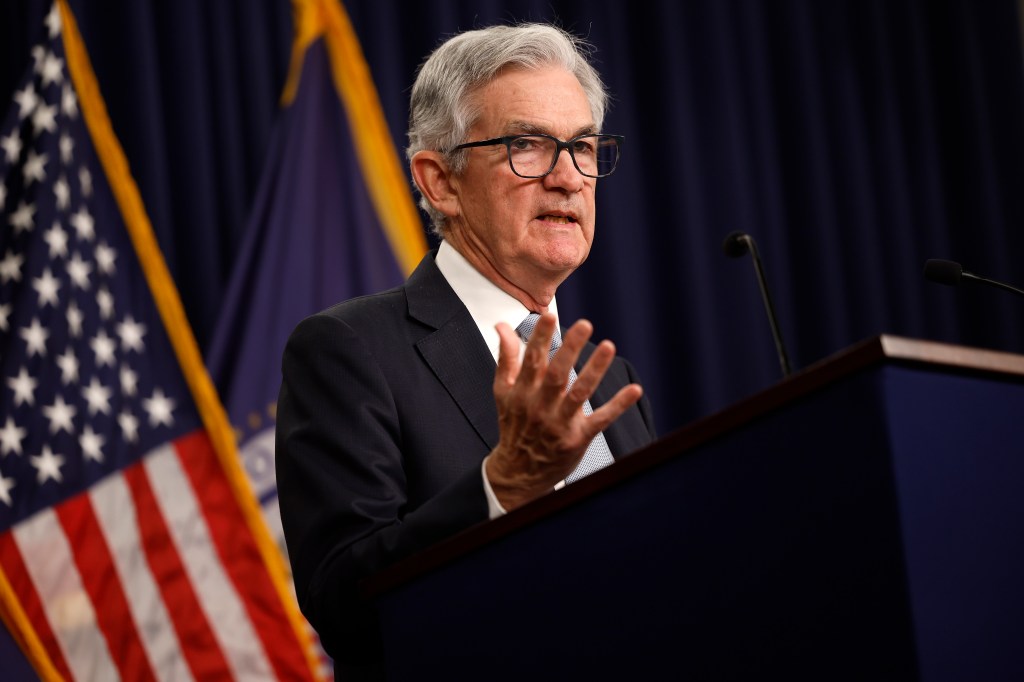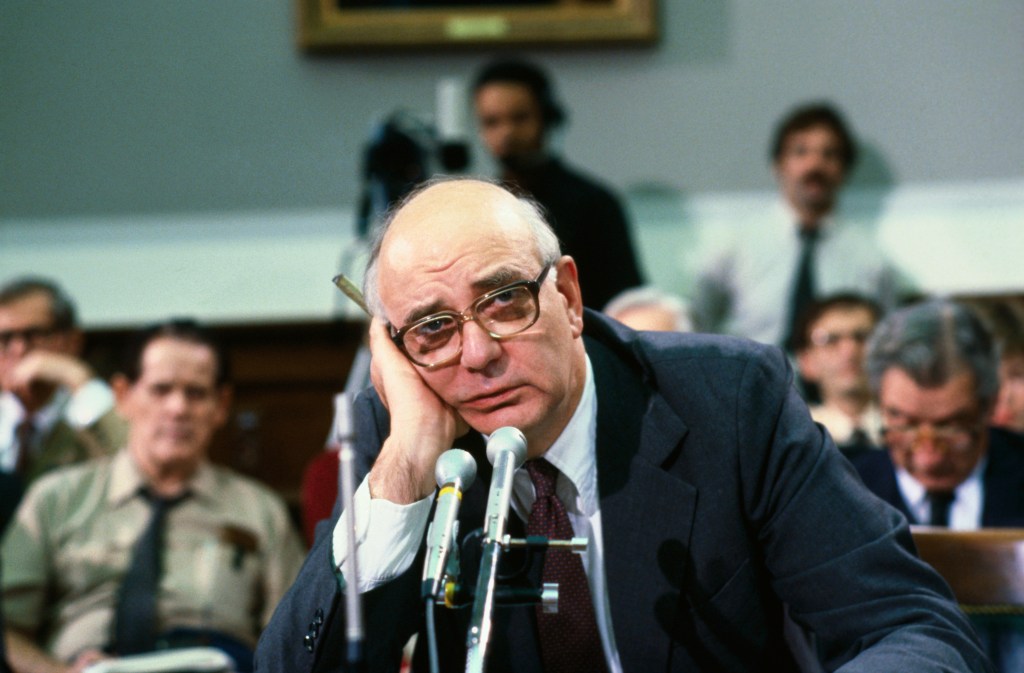
Economists increasingly fear the Fed is now pushing the US—and world–into a deeper than needed recession, risking millions of jobs and market stability. During Volcker’s reign, unemployment stayed above 10% for nine straight months and the mortgage rate hit nearly 17%.
Some months after Jerome Powell became Federal Reserve Chair in early 2018, the former attorney and longtime investment banker began carrying around a new memoir by Paul Volcker: Keeping At It: The Quest for Sound Money and Good Government. “I actually thought I should buy 500 copies of his book and just hand them out at the Fed,” Powell quipped at a conference in October 2019, just two months before Volcker passed away at 92. “I didn’t do that, but it’s a book I strongly recommend, and we can all hope to live up to some part of who he is.”
It was a gracious, but arguably consequence-free tribute by Powell. After all, inflation was then running at just 2% and the towering (6’7”), cigar-puffing Volcker was most famous for taming the stubbornly high inflation that plagued the United States in the 1970s and early 1980s—and driving the economy into a painful double-dip recession while doing it. No need to emulate that.

But now Powell is facing the sharpest inflation spike in 40 years and some critics worry he may be hewing too closely to an outdated Volcker playbook, tightening too-fast and too long and spurring a deeper-than-needed recession at home and abroad. Repeatedly this year, Powell has alluded to the title of Volcker’s memoir when discussing the duration of interest rate hikes, pledging the Fed must “keep at it” until inflation slows. He has insisted the stop-and-start Fed policy, led by Volcker predecessor Arthur Burns in the 1970s, was a mistake because it bred stagflation—that is, prolonged inflation in addition to stagnant growth—making it even more difficult to tame skyrocketing prices.
On Wednesday, Fed officials hiked interest rates by 75 basis points for a fourth-straight time in six months, pushing the key federal-funds rate (that’s the rate at which banks lend to each other, not to consumers or businesses) to a target range of 3.75% to 4%—the highest level since the Great Recession.
In their formal announcement, officials hinted they may slow the pace of hikes in December, saying they will take into account “the lags with which monetary policy affects economic activity” in determining future increases. But Powell, in the press conference that followed, didn’t back away from his hawkish stance, saying the latest economic data suggests the Fed may ultimately move rates to higher levels than it projected in September and that the risk is doing too little rate-hiking, not too much.
“We want to get this exactly right, but if we over-tighten, then we have the ability with our tools to support economic activity strongly,” Powell said. “On the other hand, if you make a mistake in the other direction, and you let this [inflation] drag on a year or two, the risk is that it becomes entrenched in people’s thinking.” That’s what happened in the 1970s and early 1980s, as expectations of high inflation became entrenched and workers (many more of them unionized back then) demanded higher raises to cover future inflation.
At this point, the biggest question for many economists is when the Fed will slow or stop its rate increases–and that date has been slipping into the future. In a note this past weekend, the team led by Goldman chief economist Jan Hatzius said the Fed will be more hawkish than previously forecast, hiking past its February meeting to a federal funds top rate of 5%. (Last December, the Fed had projected it would only need to raise rates to 3.1%.)
Powell on Wednesday insisted it’s “premature” to discuss pausing hikes, saying: “It’s not something we’re thinking about” and refusing to provide a specific timeline. Goldman expects officials will dole out a half-point hike in December, followed by quarter-point hikes in each of February and March before pausing to assess financial conditions.
But a growing number of experts say it could take a large financial market disruption to force an actual pause. Such as? As yields on the 30-year Treasury leap up, policymakers could be getting more concerned about poor liquidity in the Treasury market, Bank of America credit strategist Yuri Seliger wrote in a note last week, pointing out Secretary Janet Yellen said the Treasury was “closely monitoring the financial sector” after volatility increased. Additionally, a “precipitous drop in housing prices” has raised financial stability concerns and could potentially result in too much tightening in the housing sector, a key part of the U.S. economy, Seliger observed.
For now, however, it’s too soon to tell when the Fed will pause or pivot—or what may cause it to do so. One thing that’s more certain: It may take a while, at least according to Fed officials.
“This idea—that markets keep expecting this pivot, and then the Fed keeps pushing back on the pivot—is kind of comical, because they’ve been extraordinarily transparent,” says Vaillancourt. “They’ve said, ‘Look, we need to get to restricted territory and stay there for a while.’ and I would take them at their word.”
This article was first published on forbes.com